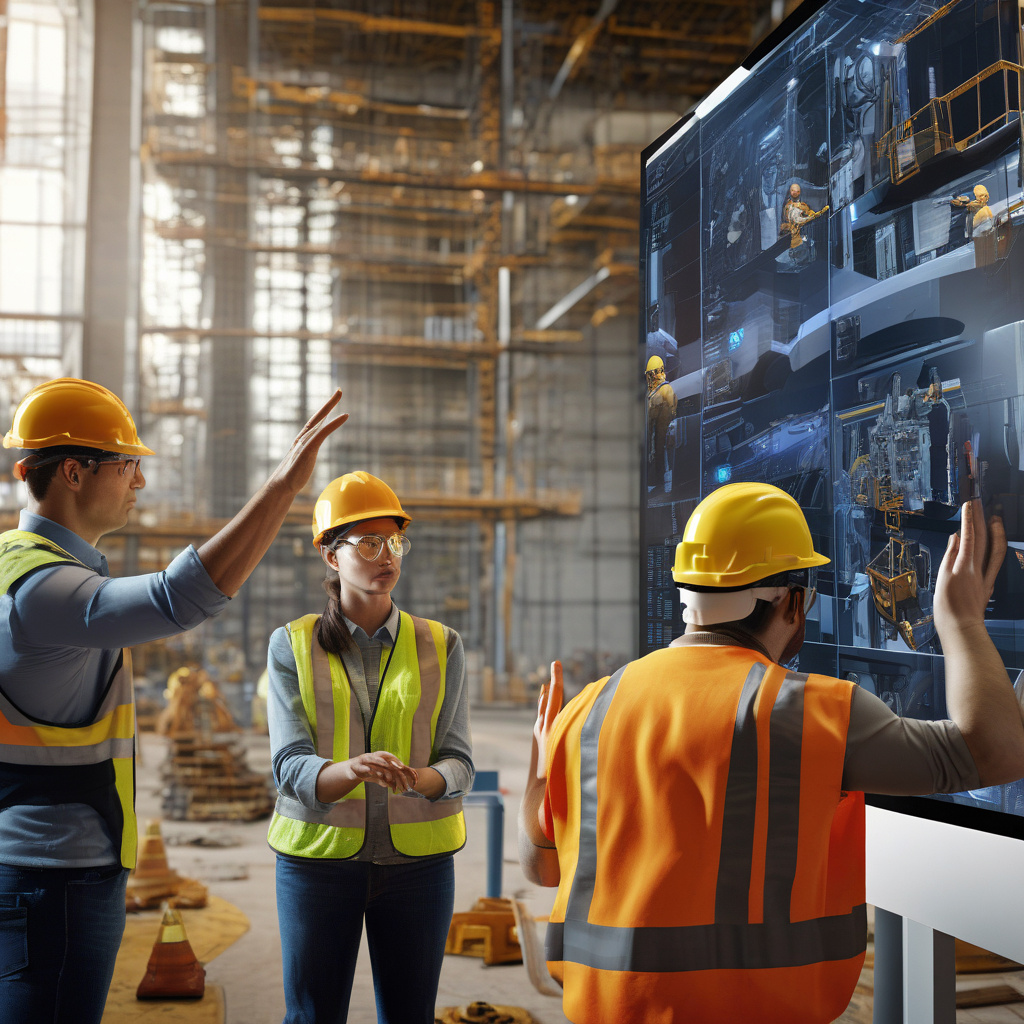In today’s fast-paced work environments, ensuring employee safety is paramount. Workplace injuries stemming from poor posture alone cost industries billions annually. To tackle this issue, traditional ergonomic assessments are being reimagined through the use of cutting-edge technology. Enter the AI-powered real-time workplace safety system.
Imagine a system that can monitor employees’ posture continuously and provide instant feedback to prevent potential injuries. This innovative solution leverages the power of Artificial Intelligence (AI) to revolutionize workplace safety practices. By utilizing AI algorithms, this system can detect improper posture in real-time, alerting employees to make necessary adjustments promptly.
The development of such a system involves a strategic combination of technologies. Python, a versatile and user-friendly programming language, serves as the foundation for building the AI algorithms. Its extensive libraries and frameworks make it an ideal choice for AI development, enabling seamless integration of complex functionalities.
In addition to Python, MediaPipe and OpenCV play crucial roles in the construction of this cutting-edge safety system. MediaPipe, a framework for building multimodal applied machine learning pipelines, facilitates the processing of various inputs, such as video streams from cameras. On the other hand, OpenCV, a widely-used computer vision library, enables tasks like posture detection and tracking within the system.
By integrating these technologies, developers can create a comprehensive workplace safety system that not only monitors posture in real-time but also provides actionable insights to improve ergonomics. Employees can receive immediate feedback on their posture, reducing the risk of musculoskeletal disorders and enhancing overall workplace safety.
Moreover, the real-time nature of this AI-powered system sets it apart from traditional ergonomic assessments, which are often manual and periodic. Instead of waiting for scheduled evaluations, employees benefit from continuous monitoring and corrective feedback, promoting healthier work habits and reducing the likelihood of injuries.
In conclusion, the development of a real-time AI-powered workplace safety system marks a significant advancement in enhancing employee well-being and productivity. By harnessing the capabilities of Python, MediaPipe, and OpenCV, organizations can proactively address ergonomic concerns and create safer work environments. As technology continues to evolve, integrating AI solutions into workplace safety practices becomes not just a possibility, but a necessity for modern businesses.

